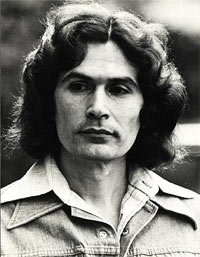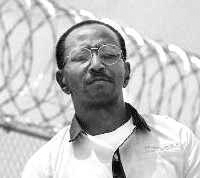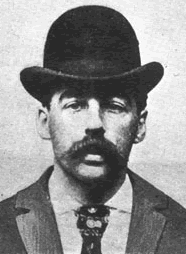Rodney James Alcala
Rodney Alcala is a convicted serial killer whose raping and tortured killings of four women has resulted in a death sentence. Rodney Alcala raped one woman with a claw hammer. Yet the spurious criminal justice system that rewards convicted killers with lifetime jail sentences has upset many members of the general, let alone the victims and their friends and families. Rodney Alcala was sentenced in 1980 for the killing of a Huntington Beach woman. Additional victims of Rodney Alcala have stretched legal court proceedings to the present day.

Caught raping an eight year old girl in 1968, Alcala served thirty four months. The nature of Alcala’s crimes are savagely violent, premeditatively abusive, and sexually motivated in origin. Alcala struck down men, women and children in his twisted lust for episodes of torture, rape and abduction. Channeling a rage or lust unknown except in the most vicious of serial killers, Alcala’s propensity for murder was matched by his cunning in enticing victims. Alcala’s “shtick” was the use of a camera and the pose as a photographer to capture the attention of victims and build enough trust to lead them astray.
The March 2010 sentencing of Rodney Alcala for the Orange County murders stems from killings from the 1970’s. Common to the cases of serial murderers in America of this era, development of legal DNA evidence brought Alcala’s career at large to a halt. Alcala is suspected in the strangulation death and disappearances of many other victims. Alcala’s habits make law enforcement professionals dread the existence of other undisclosed victims both as bargaining tools and further proof of his serial killing deeds. Even among the most brutal and vicious serial killers, Rodney Alcala stands apart.
(more…)





